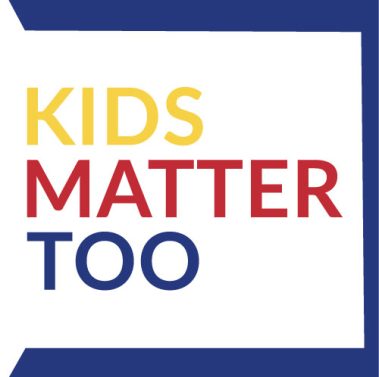By Monte Whaley
This article was originally published in the Denver Post on March 22nd.
One of the biggest Colorado success stories is the increase in the number of kids with health insurance
Colorado kids are doing better on several fronts than they were 25 years ago, including in areas of public health, early development and education, according to a report released Thursday.
Colorado’s infant mortality rate in 2016 was nearly half of what it was 25 years ago, the teen birth rate plummeted by nearly 70 percent and the uninsured rate for kids reached a record low in 2016.
The number of spaces in early learning programs like the Colorado Preschool Program climbed steadily, and the share of Colorado kindergarteners enrolled in a full-day program increased five-fold, according to a new, 25th edition KIDS COUNT report from the Colorado Children’s Campaign.
But in some ways the fortunes of kids have declined since the first KIDS COUNT report was produced in 1993.
In 2015, the teen suicide rate in Colorado — consistently one of the highest in the nation — reached a rate not seen in the previous 25 years.
And although infant mortality rates have declined overall, they remained “unacceptably” high for black babies — in part due to the stress and discrimination their mothers face, Children’s Campaign officials said.
All the while, Colorado’s school funding system hasn’t been updated in nearly a quarter of a century and the reading scores of Colorado fourth graders have been stagnant for nearly a decade, with only about two in five of them reading proficiently, the report points out.
It’s a decidedly mixed bag for Colorado’s youngest and most vulnerable population, said Kelly Causey, president and CEO of the Colorado Children’s Campaign.
“Colorado kids are better off in many ways since we started tracking well-being in KIDS COUNT 25 years ago,” Causey said. “The huge improvements we’ve seen in health, development and education are a lifeline to Colorado kids and families.”
Yet, “we’ve seen the poverty rate increase due to growing economic inequality here and across the United States” she said.
The Colorado Children’s Campaign is a non-profit nonpartisan advocacy group that produces the annual KIDS COUNT report. It includes data for every county in Colorado on child demographics, economic security, health, early education and K-12 education.
The 2018 edition of KIDS COUNT — available at noon Thursday — examines child well-being trends across the 25 year history of the report, from 1993 to 2018, campaign officials say.
Many of the improvements in child well-being cited in the report are due to specific public policies Colorado legislators passed during the past 25 years, Causey said. “We know that with smart, data-driven public policy, Colorado can remove obstacles to success that kids in our state still face.”
One of the biggest Colorado success stories is the increase in the number of kids with health insurance — with an uninsured rate for kids under 18 at a record low of 4 percent. In all, the number of kids without heath insurance coverage fell by more than 120,000 between 2008 and 2016, according to KIDS COUNT.
The low rate is due in part to Colorado expanding the Child Health Plan Plus — CHP+ — which serves children and pregnant women in families earning up to 260 percent of the federal poverty level.
All racial and ethnic groups in Colorado have experienced declining teen birth rates in recent years, with the birth rate falling from 38 to 10 for every 1,000 white teens between 1991 and 2016 while the rate dropped from 116 to 30 for every 1,000 Hispanic teens, the report said.
One of the most troubling areas pointed out by the report is teen suicide in Colorado. In 2016, 18 out of every 100,000 Colorado teens died by suicide — one of the highest teen suicide rates on record since 1991. Among youth and young adults ages 10 to 24 in Colorado, suicide is the leading cause of death, KIDS COUNT said.
“Tragically, suicide has claimed the lives of far too many Colorado children and adolescents,” Causey said.
